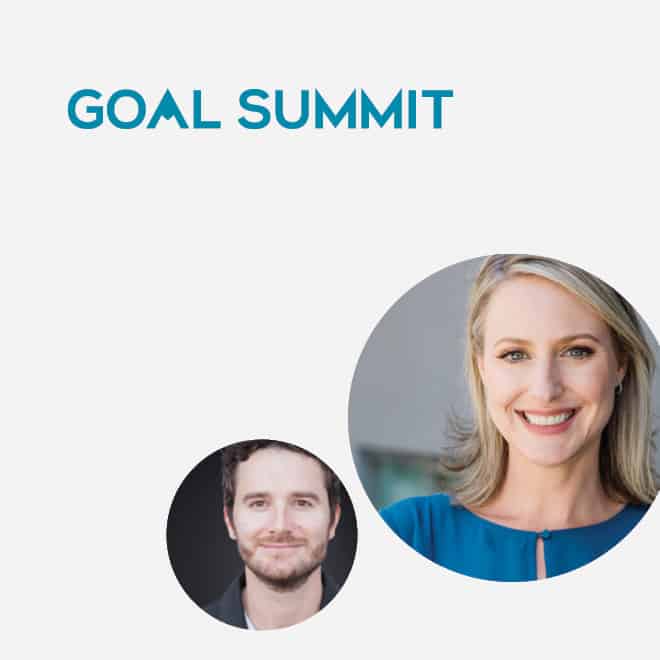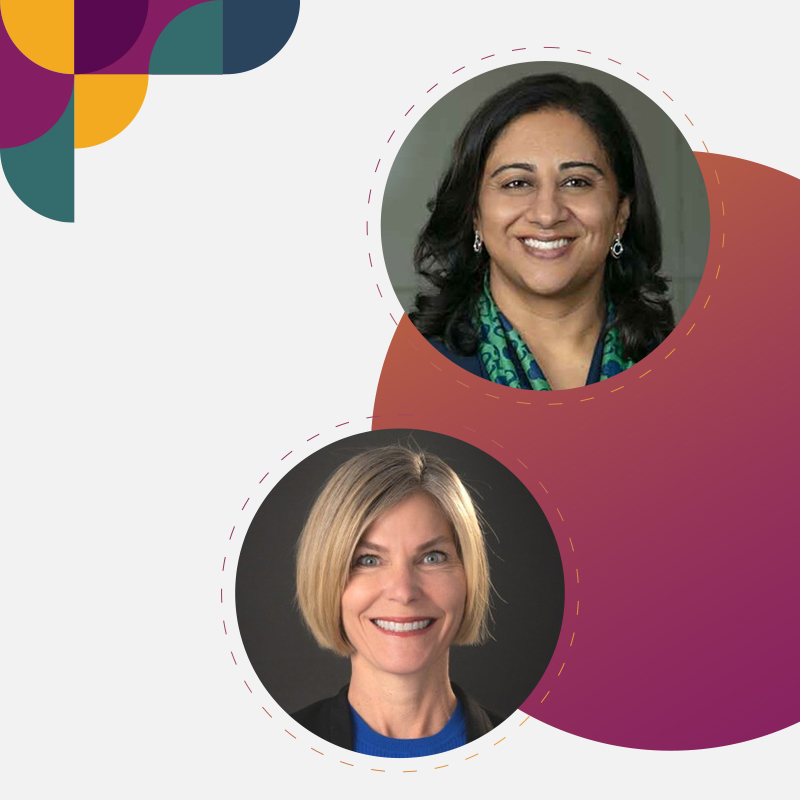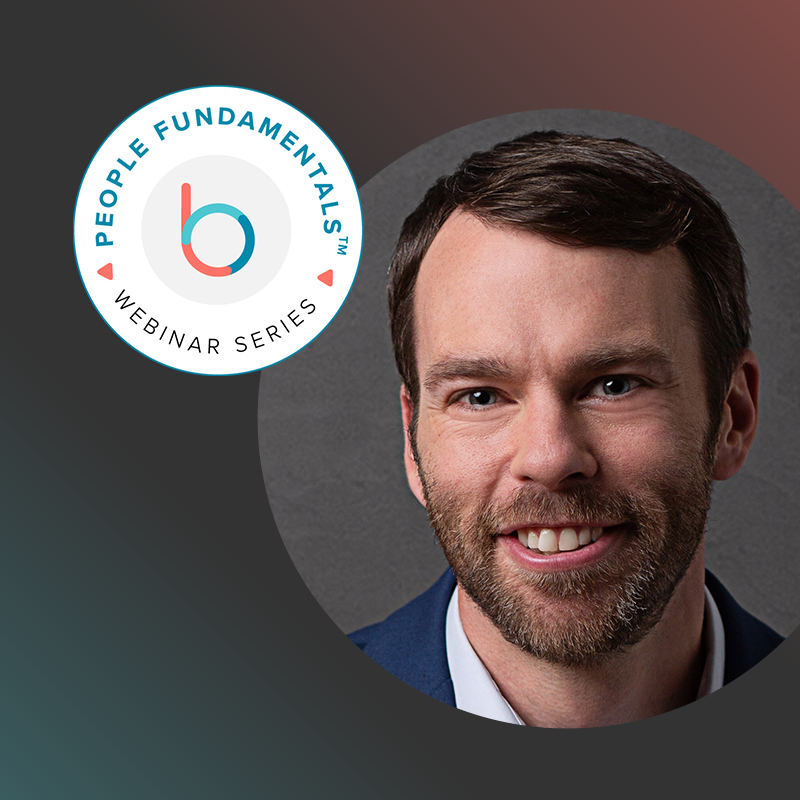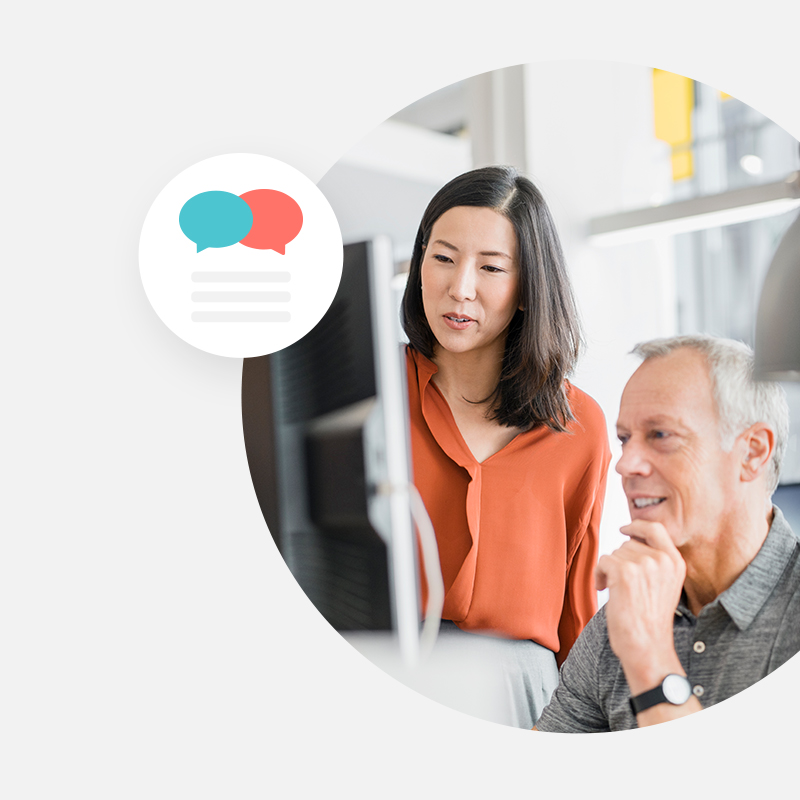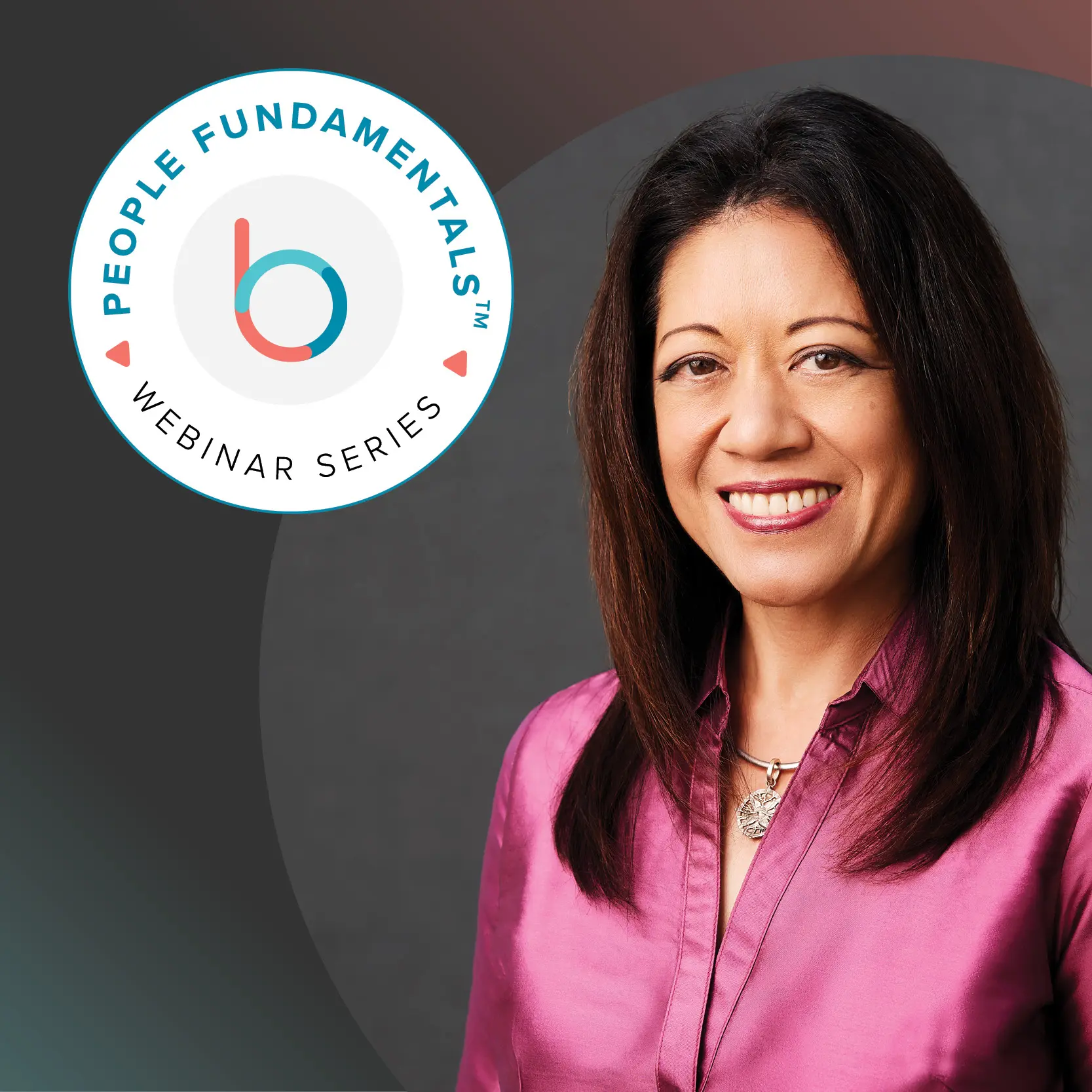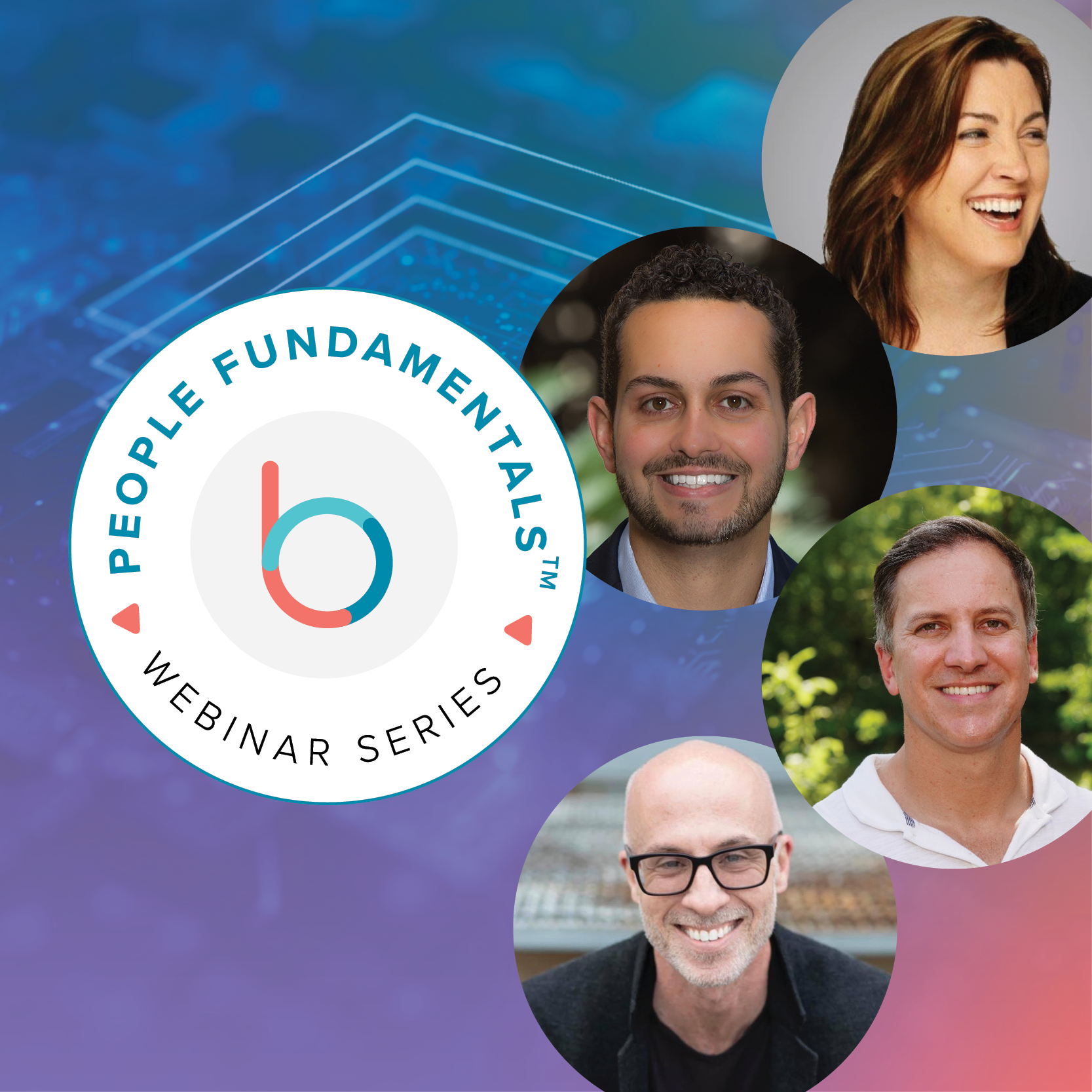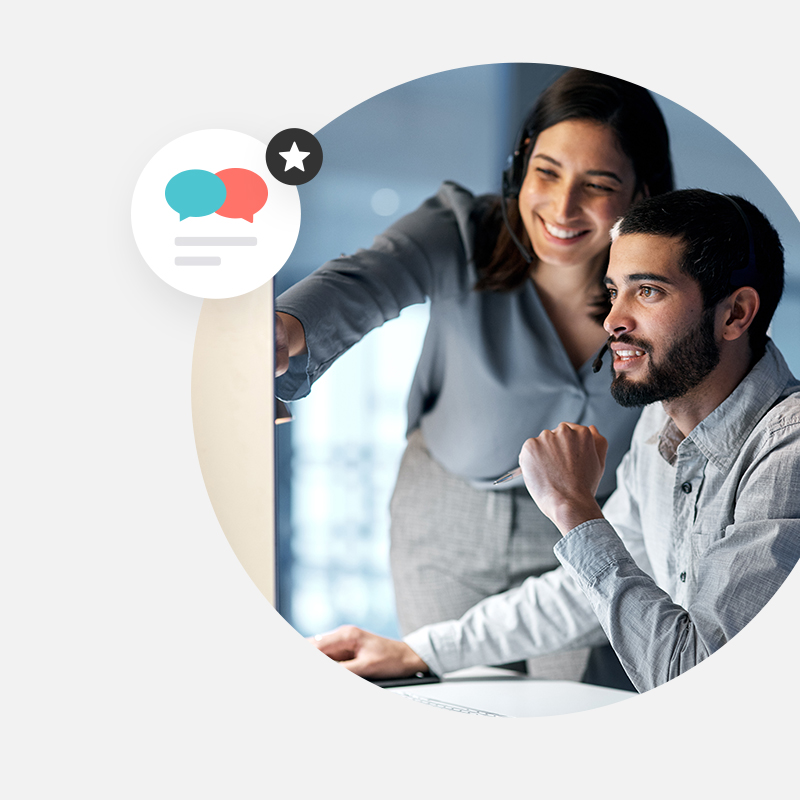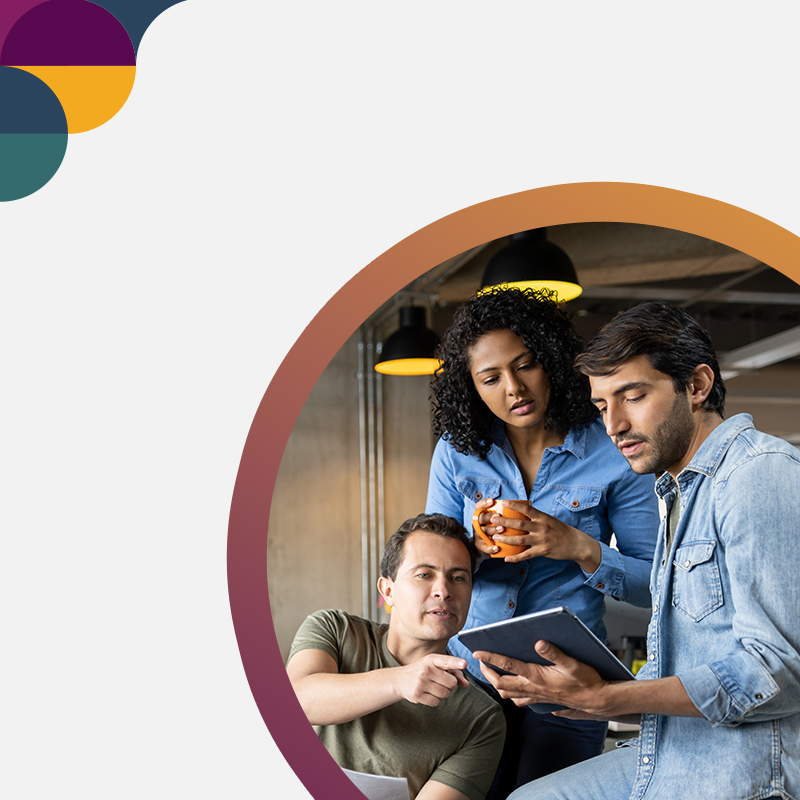Providing the environment to learn and supporting employees’ growth is a hot topic today. People are a company’s number one asset. With constant change happening in the world of work, leaders know they need to concentrate on developing their people. Professional development and learning opportunities are essential to retaining top talent and growing them as leaders.
2020 has been a year of changes—companies have had to adjust their business models, employees had to change the way they work and interact. Betterworks Chief Strategy Officer, Arnaud Grunwald, sat down with an expert in the learning space, the SVP of People, Places, and Learning at Udemy, Cara Brennan Allamano, to understand her insights on how Udemy uses learning to navigate change and execute on their strategic goals.
Grunwald: How do you think about learning and the learning culture? How does learning cultivate resilience and enable employees to navigate change?
Allamano: This is a topic we’ve been very thoughtful about at Udemy. It helps to understand how we think about the employee experience, talent management, and managing change through the lens of learning. We start with the foundational belief that with a growth mindset anybody can upskill or re-skill as long as the belief and motivation exists.
One of our core values is “Always learning.” We work on the employee experience side to thread that value through the first phone call to after the exit interview where we’ve built an alumni program. Right now, all of our former employees continue to get access to our Udemy platform for free because we want to hire, support, and retain life-long learners. That becomes a primary factor in terms of the competencies we look for when we bring people into our organization. We found that when you prioritize learning, it brings so many positive things into the organization as a whole that really supports a place of resilience.
I always like to provide the ‘how’ for those professionals on the people side of business. From the recruiting perspective, we have screening phone calls as well as interview questions the relate to a candidate’s propensity for learning, their growth mindset in terms of believing that upskilling and reskilling is effective, exciting, and interesting to them. When we onboard folks, for example, into the people organization everybody gets a growth mindset book written by Carol Dweck who established that concept. Then, throughout the employee’s experience, we’ve developed what we can an “employee impact cycle.” The cycle includes twice a year feedback conversation called “feedback is fuel” because again we see that the more information you can get about how to improve and if you have a foundational belief that people are learners you get excited about that, that’s something that does fuel your success. We also have a career navigator’s discussion twice a year. That encourages and enables the conversation between manager and employee that’s really based on where the employee wants to go professionally and how they want to navigate their career. That conversation is matched with Udemy courses and a plan for upskilling that will help get you there.
The final, really important piece for us is our annual and quarterly goal and OKR setting. What we want to do is give people the skills to go where they want to go and then have crisp clarity around directionally how they should spend their time. That’s where the OKR process comes together. We ask individuals to work with their managers to set OKRs that are aligned up and down the organization. So, a lot of our work is based on the foundational belief that learning is the most important thing. When we do things within the organization like change or move in a different direction, the first question we ask ourselves is: “What is the learning that’s going to support this?” We have a fundamental belief that employees are capable of gaining knowledge and thinking differently. As leaders, we want to know how do we get that knowledge and information to them so they can understand this next stage that we want to move into.
Grunwald: I think the world of learning is really evolving. It used to be very top-down and now it’s moving to bottoms-up. We have microlearning and people determining their own learning paths. How do you implement that? People join Udemy and you tell them that learning is in your values and we have a culture of learning—that’s still considered top-down. How do you instill them in their daily lives to be these life-long learners and to consider learning to be central in everything they do?
Allamano: It’s a commitment from every single employee at Udemy. Whether they are the CEO or a frontline employee. If you start with a belief and inclination toward learning, and again that’s what we hire and select for, we have to create experiences internally and rituals that support that mindset. We have to give space and permission to learn. I think a good example is what we call “DEAL Hour.” DEAL stands for Drop Everything And Learn. It’s an hour every month for everyone inside the organization to drop everything and, along with everyone else, learn together. Folks can learn independently, they can read a book, or they can use our Udemy platform. We give out prizes, we have a Slack channel dedicated to what Udemy courses people are taking—we’re encouraging people to learn without being prescriptive and top-down. We encourage people to learn what they want to learn.
I have someone on my team learning how to play the guitar and she takes the DEAL time to take lessons through our platform. We have a conscious listening class that I love, we have people in a function like Marketing, say, learning how to code. We try to create feedback loops and additional excitement and engagement around the concept of learning.
Learning is a muscle, a habit to build. If you can organizationally give people a space and time to learn, when your company is going through something tough, like this year with COVID, people have that muscle exercise and they say ok I’m ready to learn through this. How do we solve for this through learning and how do we engage and self-engage our employees so they can lift themselves up and be able to raise their hand and say what’s working or what’s not. It’s all through the lens of finding knowledge, upskilling, and working through something with the support of the organization.
Grunwald: How do you balance? There still needs to be a bit of a top-down approach because you still need to determine what kind of skills and capabilities you need as a company to grow in the direction you want to grow. But at the same time, you want employees to have their personal development plans and become who they want to become. Then you have teams and managers. How do you balance those pieces of the puzzle?
Allamano: There are some things we can do formally. We have a formal strategic planning process, we work through OKRs so that everyone knows directionally where we are headed. We do a lot around internal mobility, encouraging people to think about their careers within Udemy, even in a different department. We have an openness and understanding that part of supporting a learning organization where you’re constantly asking people to upskill or re-skill means they might have an interest in other areas.
We have a program called “Navigate You” where we post all of Udemy’s open positions internally. We have a full process for internal interviews. We really encourage that among our organization. That allows us to really retain amazing people who just want to do different things.
But the question I have here is, how do we think about the employee as the most important aspect of our company? How do we think about an employee-centered organization where we’re focused on what their needs are and enabling them to have the biggest impact? There’s a little bit of letting go. We have to sit back and trust that we’re hiring the right people, we’re giving direction to the right people as best we can, and we’re asking them to come to the table and engage. I’ve found that to be a really powerful approach. We’ve had a lot of success with a very engaged employee workforce. I would define our capabilities to be resilient by doing this. By putting together those pieces and opening ourselves up to letting our employees show us what they need beyond that.
Grunwald: It sounds like you’re describing an element of trust. If you give employees the tools and the choice, they will self-align and self-engage. Let’s talk about 2020. It’s always helpful to look back and assess. Can you tell us about how Udemy, a learning company, adapted to this crisis? What did you put in place to adapt to this new reality?
Allamano: It’s been quite a year. I have to say that I’ve been super proud of what we’ve been able to accomplish as a business this year. This has been a successful year for us. What we’ve learned is that when things get tough, people not just at Udemy, but lots of people see learning as a way forward. We’re really proud of that. Our mission is to improve lives through learning. We’ve seen doubling the size of our business this year. That being said, it hasn’t been easy. But, because we’ve hired for people who are lifelong learners, we doubled down on that behavior in the process.
In order to navigate through COVID and the big adjustment of working from home, we went back to our roots, back to learning. I called our VP of Learning, Shelley Osborne and said we have a huge organizational transformation to help our folks get through—to move to a completely virtual environment while all of these other stressors are going on in people’s lives. Let’s think about that and see what we can do right now to help them exercise their learning muscle.
The first thing Shelley did was sit down at her computer and put together a how to work from home, how to be in a remote-first environment course and put it up on Udemy and got it out to our employees right away. It was amazing and it was information and learnings that she wanted to share with everyone.
That reinforced a number of things for us. First—there is information and there is a way through this. There are best practices that we can all have. The second piece is that we’re doing this together. We have leaders that will put together a course because we want people to feel supported in this process. The third is we were able to do things together. This was something we were going to approach by putting our best foot forward. The course became viral. Lots of organizations sent the course out to their employees. We made it a free course for everyone.
For more insights and tactical advice on how to leverage learning to build resilience in your organization,access the conversation with Udemy for free here.
